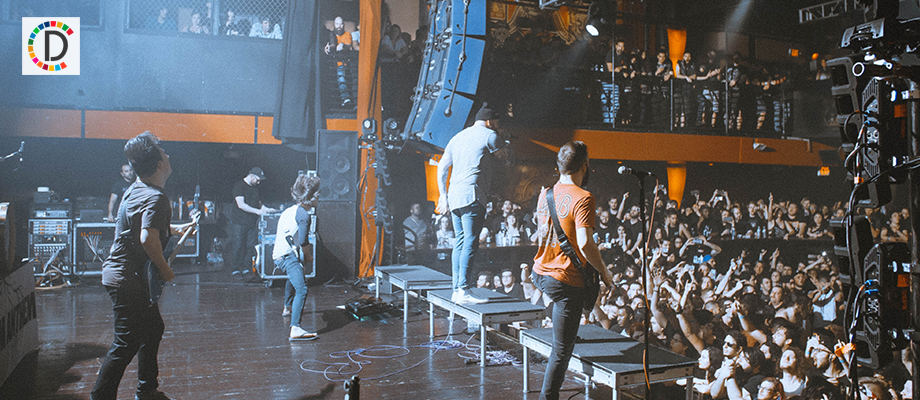Gujarat's royal city Bhavnagar turns 300

- Country:
- India
Bhavnagar, a historic city known for its majestic palaces and iconic architectural landmarks including a marble-made 'monument of love' built by a king in memory of her queen, has turned 300.
Three-day celebrations were held recently here to mark the tercentenary of the city that was founded in 1723 by Maharaja Bhavsinhji I of the Gohil dynasty, whose legacy lives on in public buildings and institutions created during its rule.
Brijeshwari Gohil, a scion of the erstwhile royal family of Bhavnagar, says ''Bhavnagar State was the first princely state to accede to the Union of India soon after Independence.'' The city located in an eponymous district in the Saurashtra region of Gujarat is about 170 km from Ahmedabad with several tourist attractions.
As Bhavnagar clocks 300 in its eventful journey, Gohil talks about the legacy of her royal ancestors who built the city over a period of more than two centuries, erected magnificent public buildings, built grand parks and railways, and raised a monument in white marble that draws symbolic parallel with the Taj Mahal of Agra.
''It's a glorious occasion and a time to pause and look back and assess how much of Bhavnagar's heritage is still preserved in times of rapid urbanisation. It's also a time to acknowledge the contributions made by the Bhavnagar rulers since the city was founded in 1723 and include preservation in our future roadmap,'' she told PTI in an interview.
Born in 1994 in Mumbai, Gohil says it saddens her when she reads about heritage buildings in many Indian cities either being demolished or lying in a state of decay for want of restoration.
''Many old private buildings in Bhavnagar have been lost over time, but most of the public landmarks are thankfully standing, even though some new structures might have been built near them, dimishing their architectural glory, or some structures in need of immediate restoration,'' she rues.
Gohil helms both the Bhavnagar Chapter of Delhi-based heritage body INTACH, and the Bhavnagar Heritage Preservation Society.
Armed with a bachelor's degree in archaeology and art history from the University of Nottingham and a master's in heritage management and conservation from Durham University, she helps her family in running a heritage hotel housed in the 19th century Nilambag Palace.
Built in 1878 by Bhavnagar State Engineer Richard Proctor-Sims and German architect T J Kenosky, the palace is also home to the royal family, Gohil says.
Old building constructed with stones, bricks and traditional ones with large shares of wood in the facade dominante many squares and roads in this heritage city, many of these albeit shorn of their glory.
''At least they are not demolished, but a lot needs to be done to revive the heritage fabric of our 300-year-old city,'' Gohil says. Other prominent landmarks in the city include the grand Darbargadh -- the erstwhile seat of the Bhavnagar State, old Alfred High School, old court building, Barton Library, old Samaldas College building, Sir Takhatsinhji General Hospital, old Bhavnagar station, Ganga Deri and Crescent Tower that sits in the centre of a Crescent Circle.
Ganga Deri is a memorial in form a mable pavillion, situated on the banks of Gangajaliya Talao in Bhavnagar.
''Ganga Deri is a monument of love, built in memory of Maharani Majirajba by Maharaja Takhatsinhji, a former ruler of Bhavnagar. It was designed by Sir John Griffith, and took 16 years (1877-1893) to build, the same number of years it took to build the Taj Mahal in Agra. So, it's like 'our Taj' in Bhavnagar,'' Gohil says.
Darbargadh and Ganga Deri are state-protected monuments, she says, adding, ''we (her family) are in the process of signing an MoU for restoration and maintenance of the monument''.
Also, a Town Hall is there in Bhavnagar that was built for my great grandfather's (Krishnakumar Sinhji's) marriage as a reception hall. It has recently been restored, the royal scion says. According to Gohil, prior to establishment of Bhavnagar, the capital of the dynasty was in Sihor, but after repeated attacks on it, the capital was shifted by Bhavsinhji to a place 20 km away from Sihor, near Vada village and, named Bhavnagar.
(This story has not been edited by Devdiscourse staff and is auto-generated from a syndicated feed.)










